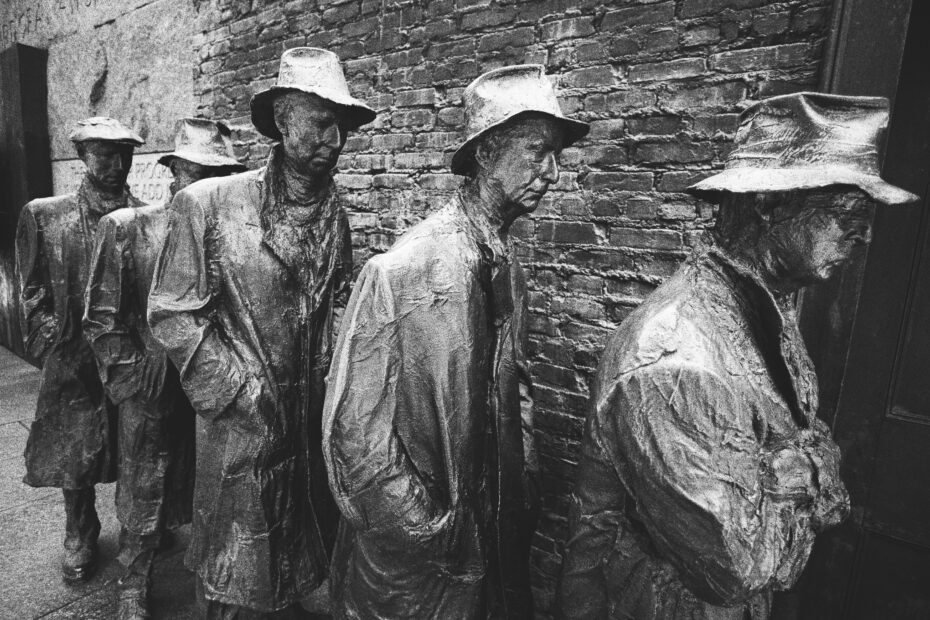Advice to Survive a Bear Market Crash
The stock market has three basic cycles: bull, bear, and consolidation.
Bull Markets Precede a Stock Market Correction
The stock market is driven by growth. Companies are aggressively fighting for the same piece of investment dollar. Large double or even triple digit growth attracts long term investors who want to build for the future. At this stage the market climbs – often rapidly.
The Market Corrects or Consolidates
If the stock market continued to push upwards, the price of the average share would far exceed any reasonable valuation. That is why the market must correct itself and deflate. A fall of up to ten percent is considered a correction only.
The Exchange Crashes and Turns Bear
If the growth bubble is too large, or if sentiment is particularly sour based on economic events, the stock market may fall in excess of ten percent. At this point it is dubbed a ‘bear market.’ The prices are in a severe downturn where negative sentiment rules the trading patterns.
Really, the stock market is a pattern of growth, bubble, burst. And then it starts all over again.
Protection During Turbulent Times?
How does an investor protect himself against the inevitable downside? Here are a few ideas to gain protection:
- When the market falls more than ten percent, convert any exchange traded funds and mutual funds to heavily hedged funds or a cash market fund. The investment house may not penalize if the funds are merely switched from one to another instead of completely cashing in.
- If the market falls more than ten percent, purchase short term Put options that will offset the majority of fund losses.
- When the local economy is faltering, invest in gold and oil based stocks that are often seen as hedges.
How to Determine a Faltering Market
To know when the market is in trouble, follow one of the more popular indices such as the Standard and Poor’s 500 also known as the S&P500. If the market is trending up and five abnormally high volume sell-off days occur, the market is likely about to turn down.
- At this time, an investor who wishes to protect his capital may use one of the above tactics for saving his portfolio.
- Another common tool is to follow the 50 day moving average on an index.
- Lastly , some choose to read the news to determine market sentiment. Unfortunately, many traders find this particularly difficult since so many contradictory opinions are present during any market.
How to Determine a New Bull Market
Finding the bottom of the market is no easy task. A few methods exist.
- When the index price rises above the 50 day moving average, the market is likely in a bull stage.
- When an extremely high volume up day in the index occurs (more than 2% rise), and the rally lasts longer than eight days, some investors will consider this to be an early time to carefully invest.
- Trend following tools such as the ADX give clues as to when the market is in a new bull stage.
Safely Investing During All Market
To be well protected in volatile markets, investors need to keep a daily watch on the stock market. They need to have a game plan or investment strategy. The investor will need an iron will and the ability to act without hesitation or apprehension.
When prices turn from bull to bear most people will lose some money. The goal is to minimize loss through proactive strategies during a correction, recession, depression, or bear market.
